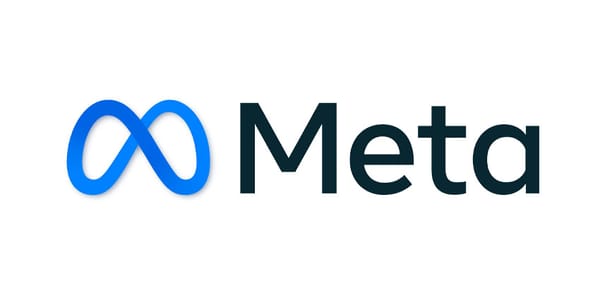Is Intel on the Brink of a Nokia-Style Decline?
Intel’s Recent Struggles: A Cautionary Tale of Innovation and Market Dynamics

Intel, a linchpin in the computer industry and a significant player in the USA’s tech sector, has historically been a formidable force. Yet, recent developments evoke parallels with Nokia’s dramatic decline in the mobile phone market. While Nokia’s story offers valuable lessons, Intel’s trajectory highlights similar concerns and challenges.
Nokia’s Fall from Grace: A Brief Overview
Nokia was once a dominant force in the global mobile phone market, holding a staggering 50% share. However, between 2007 and 2013, Nokia’s fortunes plummeted. The company's resistance to fully embrace the touch-screen phone trend, coupled with its reluctance to adopt Android, proved disastrous. Instead, Nokia’s insistence on pushing its own operating system led to a lack of developer support and missed opportunities as third-party apps gained prominence. Despite Nokia’s continued existence and recent efforts in the Android market, the company’s dramatic shift from industry leader to a mere player in the tech space serves as a cautionary tale.
Intel’s Brush with Disaster
Intel, like any major corporation, has faced its share of missteps. The Netburst architecture, used in the Pentium 4, the Intel Itanium’s IA-64 architecture, and the ill-fated Larrabee GPU project are notable examples. While these ventures were bold, they occasionally veered into trouble. Despite these challenges, Intel's capacity to innovate and recover has often kept it in the game. However, the company’s recent history suggests a possible turning point, similar to the one Nokia experienced.
ARM’s Disruption: Intel’s New Challenge
Apple’s strategic decision to transition to ARM-based processors has been transformative. The success of Apple Silicon not only reshaped the personal computing landscape but also set new standards for performance and power efficiency. This move has fueled a growing market for ARM-based Windows laptops, challenging traditional Intel and AMD dominance. As ARM processors become increasingly prevalent, Intel faces the pressing need to develop a competitive ARM strategy to remain relevant in this burgeoning segment.
Intel’s Hardware Struggles
Intel’s transition to smaller production processes has been less smooth than anticipated. Unlike companies like TSMC or Samsung, Intel’s decision to manufacture its own chips has created both advantages and limitations. While this approach offers cost and supply benefits, Intel has struggled to achieve advanced production methods internally. The result has been incremental performance improvements and innovative adjustments, such as hybrid core architectures and modified hyperthreading. Nonetheless, these efforts have often felt like running in place rather than achieving substantial progress.
The Road Ahead
Intel’s recent struggles reflect broader industry dynamics and echo the challenges faced by Nokia. The company’s ability to innovate and adapt to shifting market trends will be crucial in determining its future trajectory. As ARM-based technologies continue to advance, Intel must respond with robust strategies and cutting-edge solutions to reclaim its position as a leading force in the tech industry. The lessons from Nokia’s decline serve as a reminder of the importance of agility and foresight in a rapidly evolving market.
In conclusion, Intel’s current situation underscores the importance of staying ahead of technological trends and market shifts. While the company’s legacy and influence remain substantial, its ability to navigate these challenges will determine its future success in an increasingly competitive landscape




